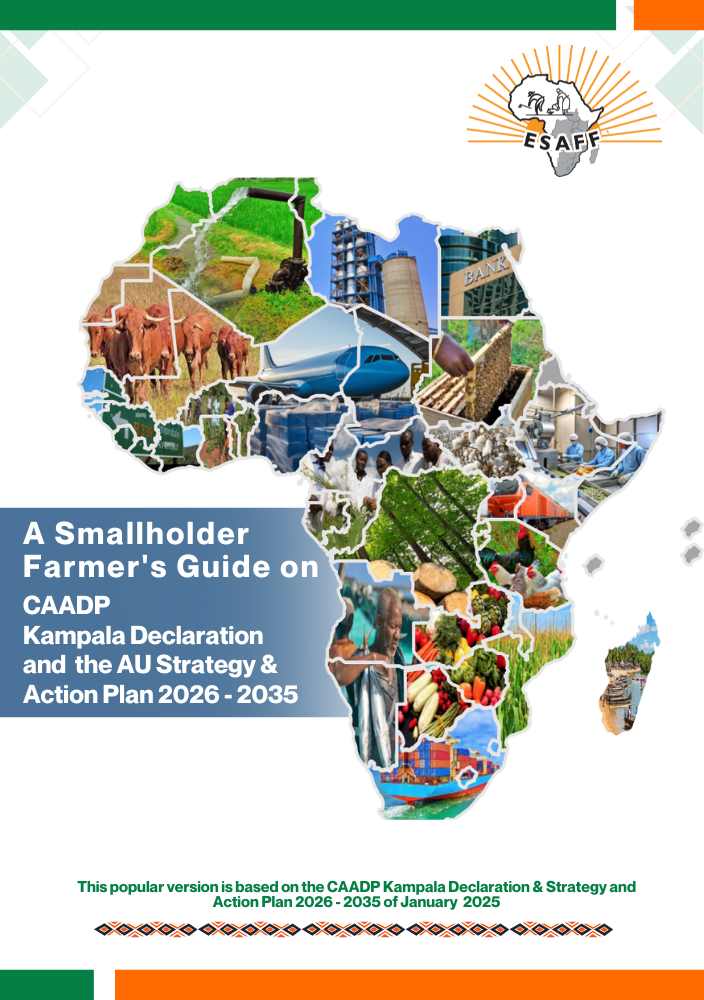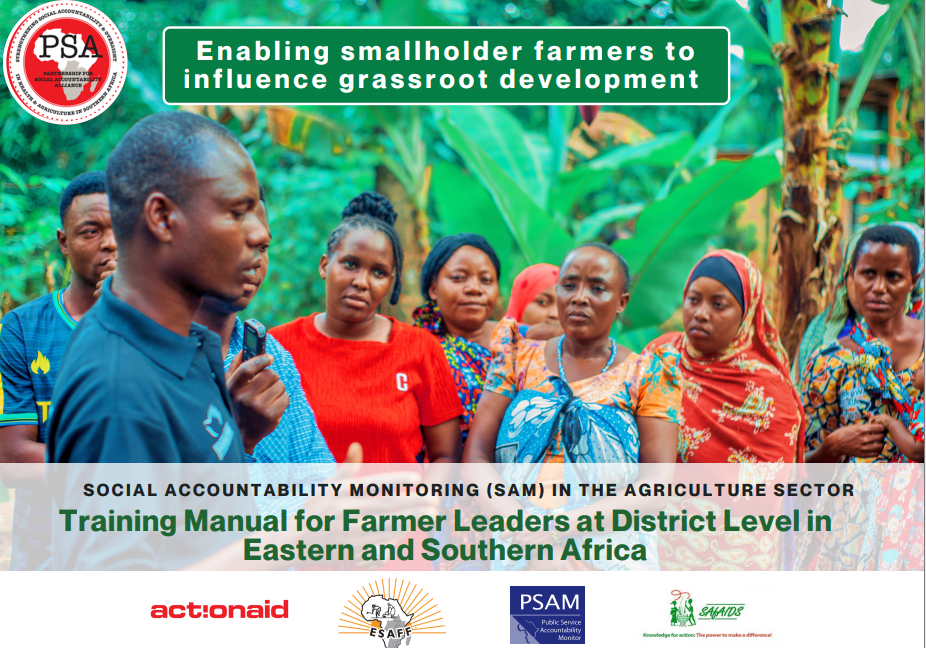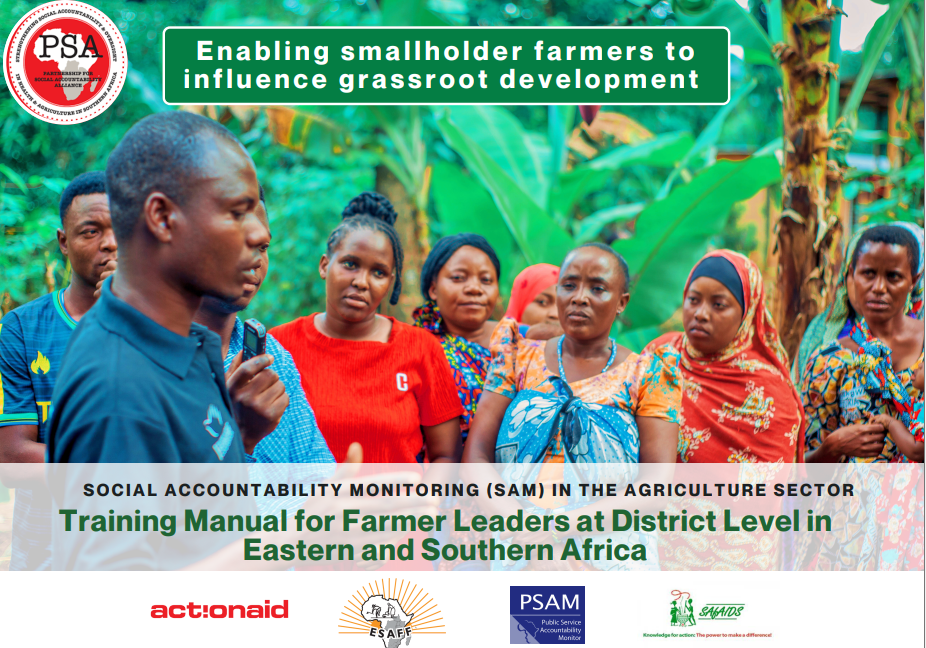SADC Project Preparation Facility Supports Only Nine Out Of 98 Regional Infrastructure Projects
 The SADC Project Preparation and Development Facility (PPDF) is set to be funded from Member State contributions, following recommendations to this effect by the SADC Committee of Ministers of Finance and Investment.
The SADC Project Preparation and Development Facility (PPDF) is set to be funded from Member State contributions, following recommendations to this effect by the SADC Committee of Ministers of Finance and Investment.
This was revealed by Mapolao Mokoena, the Director of the SADC Infrastructure Directorate in her briefing to journalists ahead of the 39th SADC Summit set for 17 and 18 August in Dar es Salaam, Tanzania.
The project facility was operationalised in 2008 to support Member States in the preparation of bankable proposals for regional infrastructure projects, following the adoption and signing of the Protocol on Finance and Investment.
The facility is managed by the Development Bank of Southern Africa which acts as the PPDF Secretariat and is responsible for the development of the project pipeline, administering the facility and the disbursement of funds.
Since its inception, the project facility has received €11.75 million from the European Union and €10.8 million from the German Development Cooperation through the German development bank KfW, under the first and second phases of funding.
SADC Member States are yet to contribute funds to the facility, a situation which regional stakeholders now acknowledge to be untenable.
A 2019 study by KfW, assessing the SADC PPDF observes that project preparation facilities that are fully funded by donors, may be perceived to prioritise donor interests, as opposed to the needs of Member States.
In addition, an independent assessment of the first phase of the Regional Infrastructure Development Master Plan, conducted by Southern African Research and Documentation Centre (SARDC), on behalf of the SADC Secretariat, emphasised the importance of exploring the use of innovative models of cost recovery for the PPDF to improve sustainability and avoid constantly drawing down on donor financing.
Evidently, the absence of funding from Member States reduces the level of perceived ownership of the facility and points to a lack of financial commitment on their part.
At their July 2019 meeting, the SADC Committee of Ministers of Finance and Investment affirmed the need for Member States to contribute to the SADC PPDF, given the unsustainability of relying solely on financing from international cooperating partners.
Mapolao noted that two stages are being pursued in this regard, the first and most immediate of which involves accessing Member State contributions indirectly, through the Reserve Fund.
The Reserve Fund is made up of Member State contributions that are surplus to the SADC Secretariat’s budget in any given financial year. It is envisaged that some of the reserves will be employed to capitalise the project facility.
The second and more substantive phase involves funding the PPDF through the SADC Regional Development Fund (RDF) as recommended by the Meeting of the SADC Committee of Ministers in March 2016.
Member States agreed to establish the RDF to mobilise financial resources to support the region’s infrastructure, social development and regional integration requirements.
However, this process has taken longer than planned, as it requires the signature and ratification of two-thirds of the Member States for the amended Article 26A of the SADC Treaty to enter into force and bring the RDF into formation.
Mapolao said “Nine Member States have signed the agreement, but we need 11 not only to sign but also to ratify, so that we can have our own Regional Development Fund, where Member States [will be] shareholders.”
To date, the project facility supports nine projects, two of which are in the transport sector and seven in the energy sector.
This level of support is inadequate considering that the first phase of RIDMP alone has a total of 98 regional infrastructure projects, the majority of which are facing stagnation due to funding among other challenges.
Author: Kumbirai Nhongo.
Read original article here























